Thus, markets were formed, but the terrain in the Mekong Delta has many rivers and canals, so in addition to the markets held on the banks, boats and canoes also gathered on the river to trade, gradually forming a river market - a typical cultural feature of the residents of the Mekong Delta.
Floating market - formation and development process
Up to now, there is no document confirming exactly when the floating market appeared. People only know that, from the end of the 17th century, the land on both banks of the Tien River was basically cleared, many places became town and district capitals... the population concentrated and settled down more and more. In particular, the market network system was born, very prosperous.
Long Ho market, Hung Loi market (Dinh Tuong)… all markets are crowded with boats docking, buying and selling goods, food… That is the first mark of the floating market.
After occupying Cochinchina, the French carried out a major exploitation project on the west bank of the Hau River: "digging canals, establishing markets, and opening roads".
Commercial activities once again had favorable conditions to develop. The Xang Xa No Canal connecting Can Tho - Rach Gia was completed (1901-1903), opening a period of acceleration in agriculture , industry and commerce. Rice, fruit and vegetable products from the Mekong Delta soon became ubiquitous goods, exported to foreign countries.
Cai Rang market area ( Can Tho ) with its strength in the rice milling industry has become a bustling rice market, second only to Cho Lon.
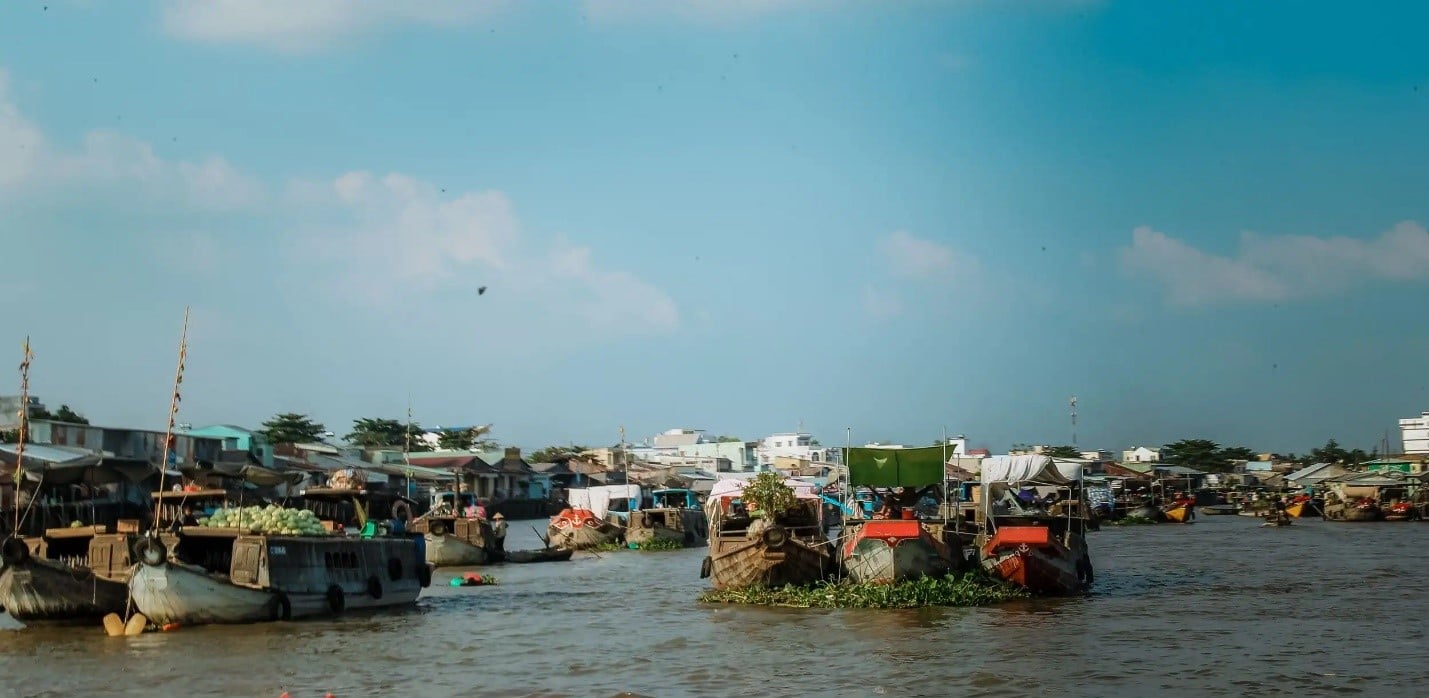
Floating markets are a cultural feature of the Mekong Delta. Photo: DUY KHOI
Besides the rice mill, Cai Rang market was prosperous both on the shore and on the river in a strategic location connecting Saigon - Can Tho to Ca Mau - Rach Gia. In the mid-20th century, Cai Rang had many floating houses on both sides of Cai Rang and Can Tho canals.
The raft owner was a Chinese who opened a grocery store right there, and a river market was also born next to it, with hundreds of boats and ships going back and forth day and night to buy and sell, exchanging goods: Vietnamese boats sold fruits and vegetables; Chinese rafts sold groceries, and Khmer merchant boats sold "ca rang - Ong Tao".
About 30 kilometers south of Cai Rang - Can Tho, the Nga Bay canal cluster (Phung Hiep) was completed in 1915. One year later, Phung Hiep district town moved from Rach Goi to here.
The road from Cai Rang gradually built up to Nga Bay, making this place quickly become a prosperous market, spreading from the road down to seven rivers. Passenger boats, agricultural boats and merchants from all over gathered, bustling day and night. Nga Bay market naturally became Nga Bay floating market with a large scale.
The canal digging continued from Nga Bay - Quan Lo canal connecting Phung Hiep through Soc Trang, Rach Gia, Bac Lieu, Ca Mau... to a location in Long My district, where five canals were cut and combined, forming the center of Nga Nam, just over 30 kilometers from the center of Nga Bay. As soon as this canal was completed, Nga Nam market was born, quickly becoming a metropolis.
It can be affirmed that the birth of Cai Rang, Nga Bay, and Nga Nam floating markets shows the perfection of the style of market groups on the river with a large scale; the number of boats coming to trade is many times higher than the previous markets.
Later, due to the need for trade, many medium-sized floating markets continued to emerge, such as: Vinh Thuan floating market (Kien Giang), Ngan Dua floating market (Bac Lieu), An Huu floating market (Cai Be, Tien Giang)...
Thus, the time of birth of the Mekong Delta floating market was around the beginning of the 19th century. This was the early period with markets along both banks of the Tien River.
The period when floating markets were formed and completed was around the beginning of the 20th century, with markets on the west bank of the Hau River, mainly in the Can Tho area.
The period when floating markets took shape and developed was after the liberation day of April 30, 1975 (1).
Characteristics of floating markets in the West
The first characteristic is the use of a pole to advertise goods. The boat owner hangs the pole on the front of the boat to advertise the goods. This is a type of “signal” information. It can be said that “beo hang” is a unique creation, a marketing and advertising method that was formed quite early, and only exists in floating markets.
The second characteristic is the word “trust” in trading activities at the floating market. The agreement to buy and sell, even with dozens of tons of goods, is only verbal, no paperwork is needed, but both parties respect the agreement.
The third characteristic is that in the floating market, buying and selling is done in the "cash on delivery" style, there is no concept of "buying on credit, selling on credit", buying goods and then exchanging, returning... because after buying and selling, everyone leaves on their own.
Communication culture is also a characteristic of the floating market. Most of the vendors are people from all over the country who come to “set up shop” to make a living. They have formed the custom of “buying with friends, selling with partners” for hundreds of years, from which long-term communication relationships have emerged into cultural values. That is solidarity, mutual support, and mutual love.
Boats anchored for a long time waiting to sell out their goods often consider each other as neighbors, so even though they are strangers, they quickly become close, calling each other if they need anything.
If a boat runs aground or the engine breaks down, they are ready to jump into the river to help push it. If there are big waves or strong winds and the boat is about to sink, people from other boats jump over to bail it out. If someone on a boat is unlucky enough to get sick or suddenly die, many other boats will come together to help(2).
The role of floating markets
The first and foremost role of the floating market is the trading, buying and selling, and exchanging of goods. The floating market plays an extremely important role in "consuming agricultural products in the region, providing a significant number of jobs for the people, contributing to improving the lives of the merchant residents.
Floating markets are a form of trading based on the crystallization of the river environment and the trading customs on the river of the people over hundreds of years of history. Floating markets are the meeting place between agricultural products and handicraft and industrial products; they are the transit point of goods that helps connect urban areas with rural areas.
The emergence of floating markets also contributes to promoting trade, service and tourism activities in the region" (3).
Next is the cultural role. The Mekong Delta floating markets not only demonstrate the normal function of buying and selling, exchanging goods but also demonstrate the typical trading method and unique market activities.
Here, people from different regions gather to exchange news and business experiences with each other.
They come here and grasp information everywhere brought by trading boats from many places. When the market is over, they return bringing with them the good and beautiful things from other places.
Thus, the river market also takes on another function, the function of "transmitting culture" to all regions in the region, from urban areas to remote villages, creating the vitality of the river civilization of the South.
Many young men and women have come here to find their life partners. With folk songs and lyrics, they have come together gently, but also with great determination.
You go, I go with you.
Hunger and full I endure, cold I accept
Even if love is unfinished
Then let me call the ferry to take me home...
The Southern rivers are immense and intimate with the gentle and simple Ao Ba Ba, the rustic and sincere folk songs, and the rural markets surrounded by peaceful rivers... These places quickly became gathering places for activities, entertainment, and tourism for tourists from all over the world (4).
Tourism is also a prominent function of floating markets. Floating market tourism in the Mekong Delta appeared in the 80s of the 20th century when domestic and foreign tourists wanted to return to nature, penetrate the lives of merchants, and learn about the products of the newly discovered land.
In addition to contributing to the socio-economic development of the region in particular and the Vietnamese tourism industry in general through revenue and contributing to the diversification of tourism products, the development of floating market tourism in the region is more or less community-oriented and this is considered a positive activity.
There is a small group of local people involved in providing sightseeing transport for tourists, driving boats and acting as guides, thereby benefiting from tourism.
Means of transport for visitors to the floating markets are quite diverse in types and the quality of the vehicles is quite good (at Cai Rang floating market and Cai Be floating market). Access to the floating markets is relatively convenient because most of them have paved roads with relatively wide lanes (5).
Nowadays, the demand for buying and selling goods on the river is not as high as in the past because roads and means of transport have developed, and the methods of buying and selling are also different... Of course, the role of culture and tourism is also affected.
The current solution could be to plan the floating market into a model to preserve unique cultural values and to develop tourism. In particular, it is necessary to focus on environmental issues, food hygiene and safety, price control, communication culture, etc.
At that time, the floating market will be a miniature museum preserving the memories and unique cultural features of the people of the Mekong Delta and a place to develop cultural tourism.
---------------------------
( 1) Nham Hung (2009), "Floating markets in the Mekong Delta", Tre Publishing House, pp.23-27.
(2) Tran Trong Triet (2010), “Floating market culture”, Dong Thap past and present magazine, issue 30, September, p.42.
(3) Nguyen Trong Nhan (2012), "Initial research on floating market tourism in the Mekong Delta", VNU Journal of Science, Social Sciences and Humanities, No. 28, p.124.
(4) Tran Nam Tien (2000), “Market on the river”, Xua & Nay Magazine, No. 768, June, p.37.
(5) Nguyen Trong Nhan, ibid, pp.124-125.
Source: https://danviet.vn/cho-noi-mien-tay-co-tu-bao-gio-sao-noi-cho-noi-tao-nen-suc-ben-cua-van-minh-song-nuoc-nam-bo-20241001002414746.htm



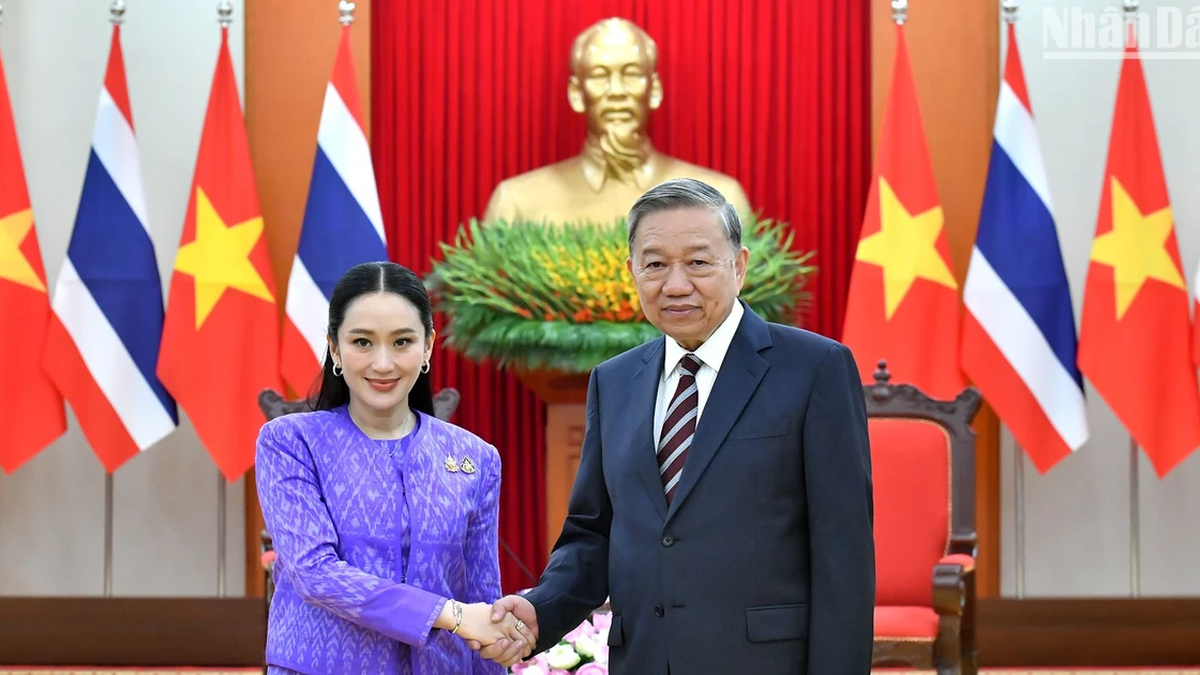
![[Photo] President Luong Cuong receives Prime Minister of the Kingdom of Thailand Paetongtarn Shinawatra](https://vphoto.vietnam.vn/thumb/1200x675/vietnam/resource/IMAGE/2025/5/16/52c73b27198a4e12bd6a903d1c218846)

![[Photo] Prime Minister Pham Minh Chinh and Prime Minister of the Kingdom of Thailand Paetongtarn Shinawatra attend the Vietnam-Thailand Business Forum 2025](https://vphoto.vietnam.vn/thumb/1200x675/vietnam/resource/IMAGE/2025/5/16/1cdfce54d25c48a68ae6fb9204f2171a)

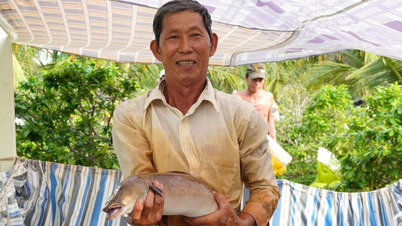



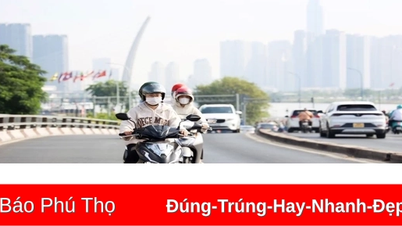




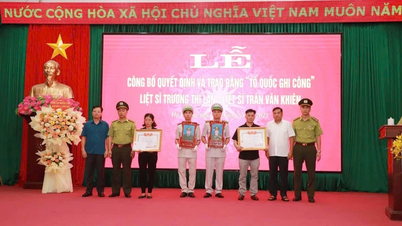
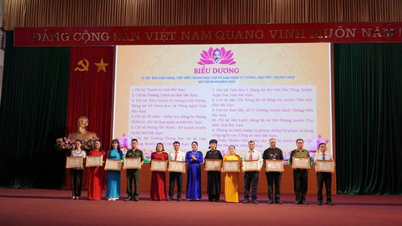
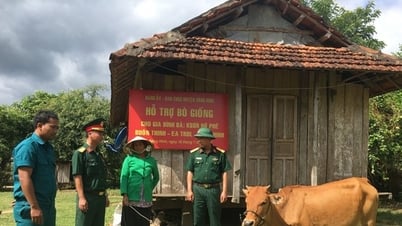

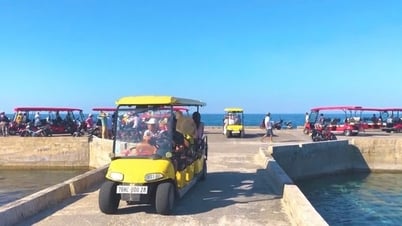
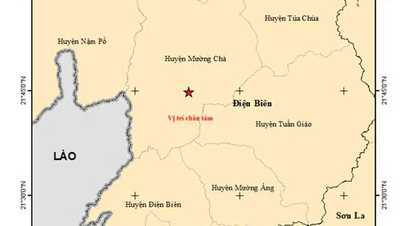




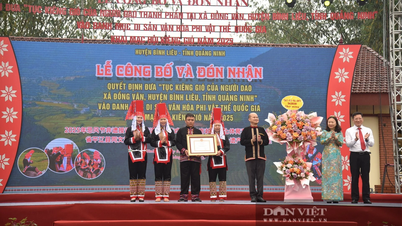
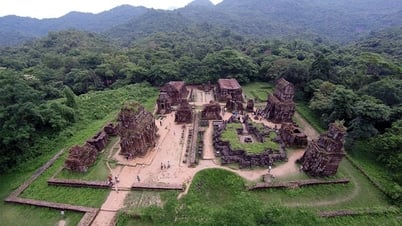
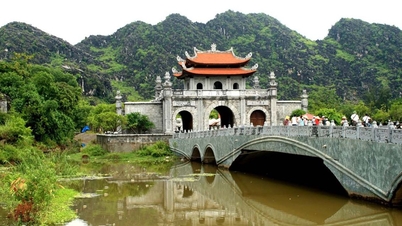
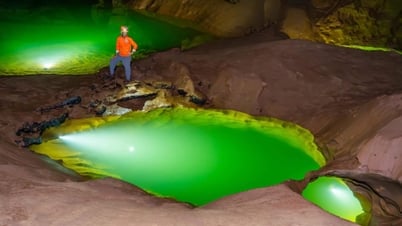
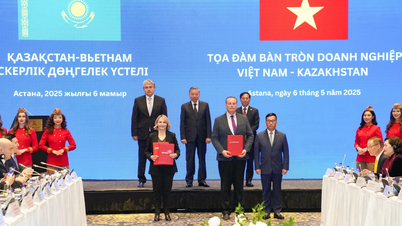

![[Photo] The Prime Ministers of Vietnam and Thailand witnessed the signing ceremony of cooperation and exchange of documents.](https://vphoto.vietnam.vn/thumb/1200x675/vietnam/resource/IMAGE/2025/5/16/935407e225f640f9ac97b85d3359c1a5)
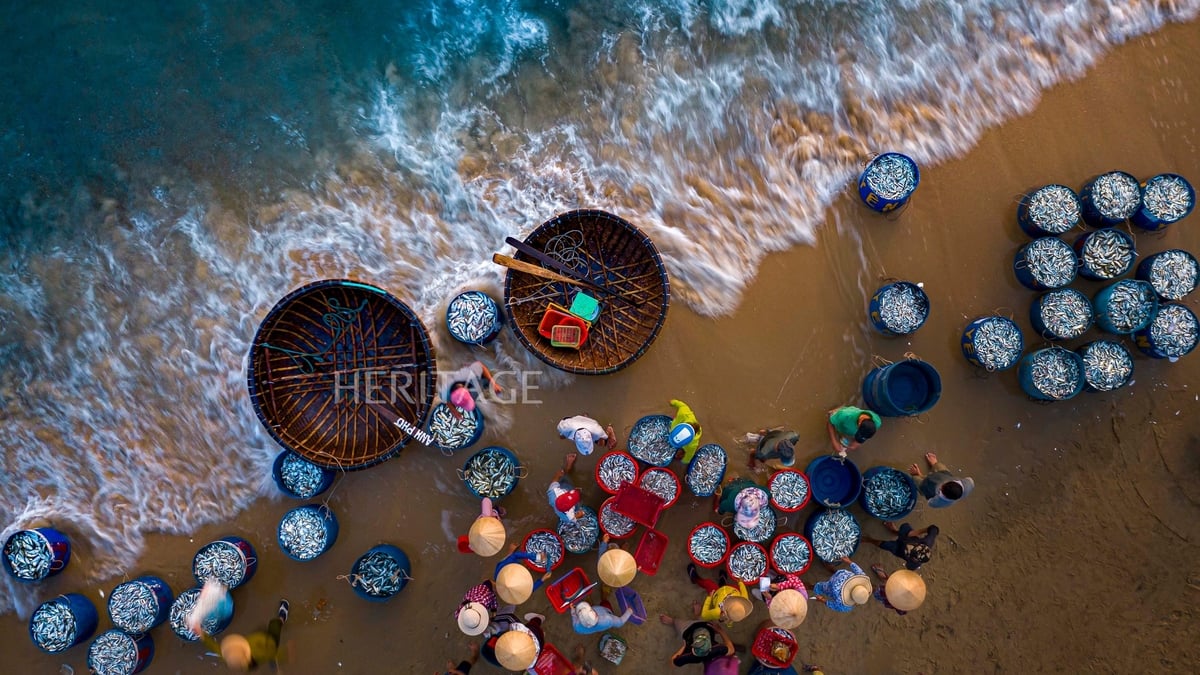


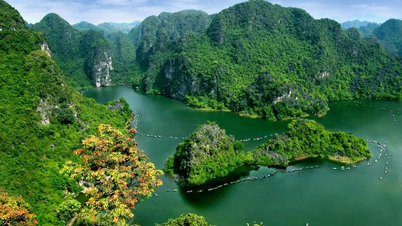

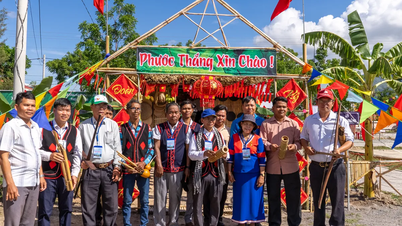





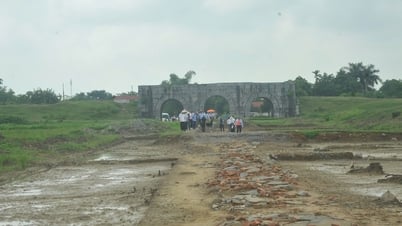




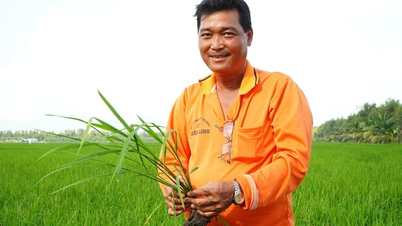
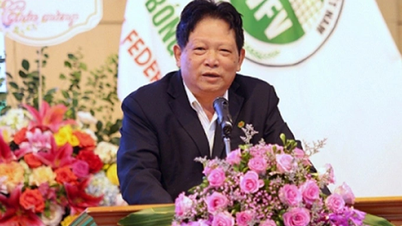


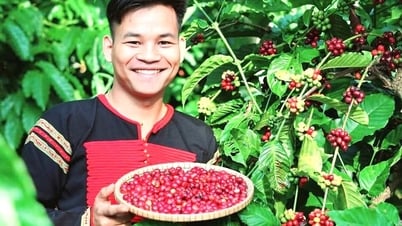





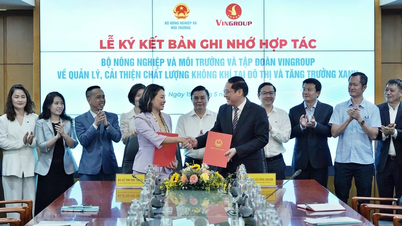










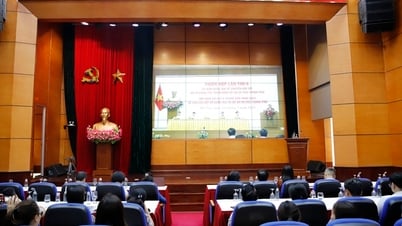






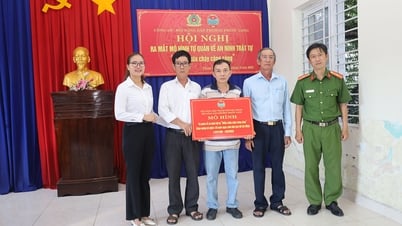

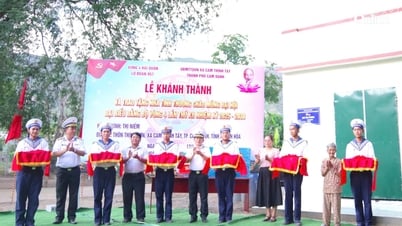
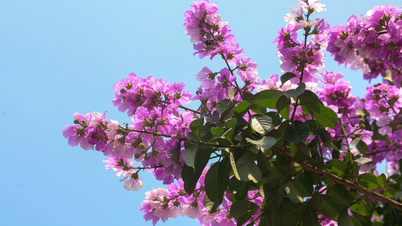

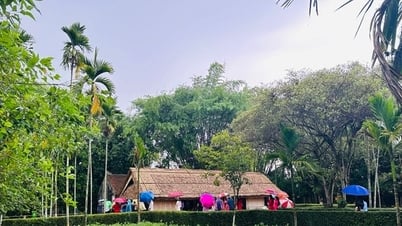

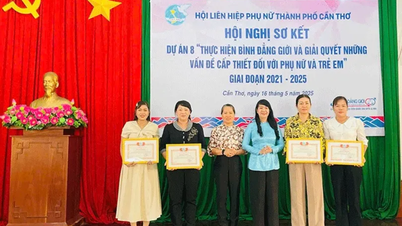

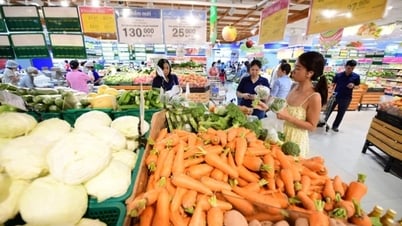

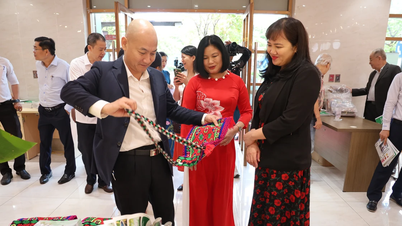
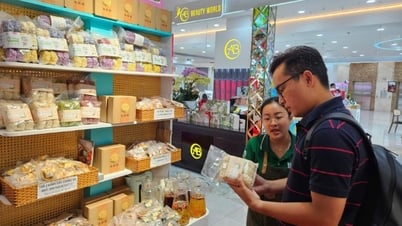


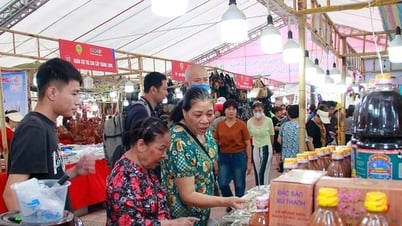


Comment (0)